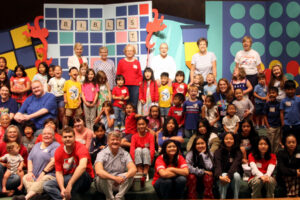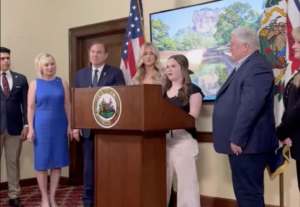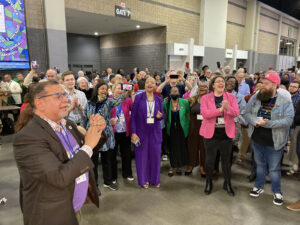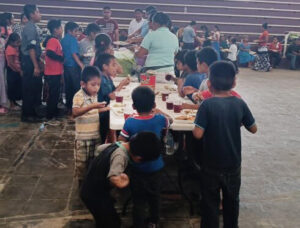
JEFFERSON CITY, Tenn. (BP) – A child-sized ring, measuring only about 1 cm. in diameter, tells the story of a distant past, but also the future of a university program.
The gold circular object inlaid with a turquoise stone, is one of several items discovered during an initial groundbreaking excavation project in the northern Judean Desert – more specifically, the ruins of Herod the Great’s desert fortress, Hyrcania.
Carson-Newman University, in support of the Hebrew University of Jerusalem’s Institute of Archeology and in collaboration with the American Veterans Archeological Recovery (AVAR), spent part of this summer on the site. The effort is already yielding significant results. The earliest phase of the fortress, located on a remote, commanding hilltop, dates to the late second or early first century B.C.: the Hasmonean dynasty. It was later rebuilt and enlarged by Herod the Great. No methodological or scientific archeological excavation had ever taken place at the location – until now.
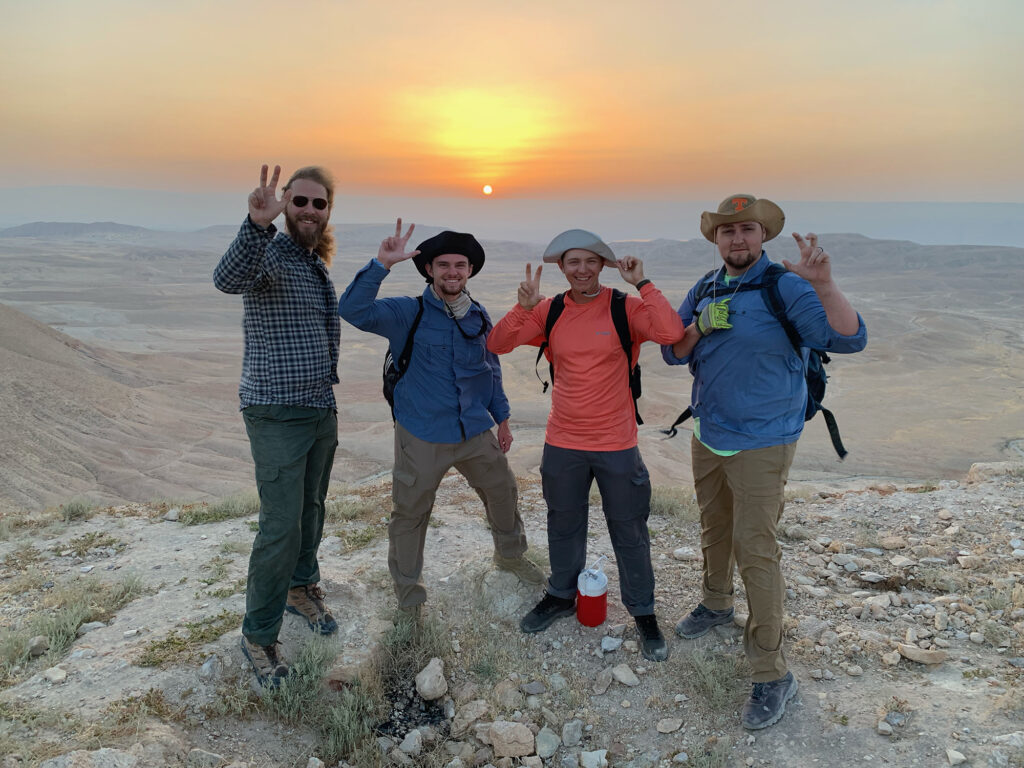
The reality of it all excites Carson-Newman’s David Crutchley and Marshall King.
“It puts us in the know – to have Carson-Newman linked with Hebrew University is huge,” said Crutchley, who serves as dean of C-N’s School of Biblical and Theological Studies. “This is the citadel of archeology.”
Sharing in the historic summer dig were four Carson-Newman students led by Bill Hild, an adjunct professor. No stranger to getting his hands dirty, Hild has followed his passion for archeology on over 40 visits to the Middle East.
The unique opportunity stemmed from the creation of a new archeology minor at Carson-Newman. Though the university has a history of introducing students to archeological digs, most recently in southern Jordan, this is the first time offering the subject as a minor.
King drew on his love and background in the field when helping develop the new offering.
“There’s a lot of connection with archeology in the liberal arts setting,” King said. “It’s kind of a venue for different expertise to come together and work as a team towards a common goal.”
The Carson-Newman professors believe the archeology minor has the potential of drawing students from disciplines across campus – whether they are studying history, sociology or computer science, the new offering is ripe for more than biblical scholars.
“It’s a melting pot not only of expertise, but also cultures, and that’s why I think there’s no replacement for archeology. There’s nothing like it,” King said. “I want our students to leave Carson-Newman knowing that the sky’s the limit and archeology gives them a view towards the limitlessness of their future.”
Matthew Setsor, a C-N graduate student pursuing a Master of Divinity degree, said that what drew him was the opportunity to see the land connected to his Christian faith.

“It was incredible that I got to participate in this with some really neat people, but it was also overwhelming in a way too, because of the magnitude of where we were,” said Setsor, who plans to draw from the experience for his future work in ministry. “The geography of everything doesn’t make sense until you go there and see everything unfold before your eyes.”
The Carson-Newman unit, along with Hebrew University and AVAR teams, helped the land give up secrets held for generations. Of particular note, excavators unearthed a remarkable Christian inscription paraphrase of Psalm 86:1-2. Written in Koine Greek, the language of the New Testament, the sixth century inscription is connected to a period in which a Christian monastery once sat on the site. Accompanied by a cross, the discovered text translated to: “Jesus Christ, guard me, for I am poor and needy.”
From revealing the monastery’s mosaic flooring, to unearthing an arch keystone believed to have been built during the Second Temple period, each item has a story to tell. Because of that, the Carson-Newman group returned to East Tennessee with stories of their own – stories sure to be retold for a lifetime.
Hild is ready to lead the next cohort of students to the site next spring.
“Ancient history is our history,” said Hild, standing with a news crew at the site. “And so as we discover history, we make history. And we kind of feel like we are making history here.”





